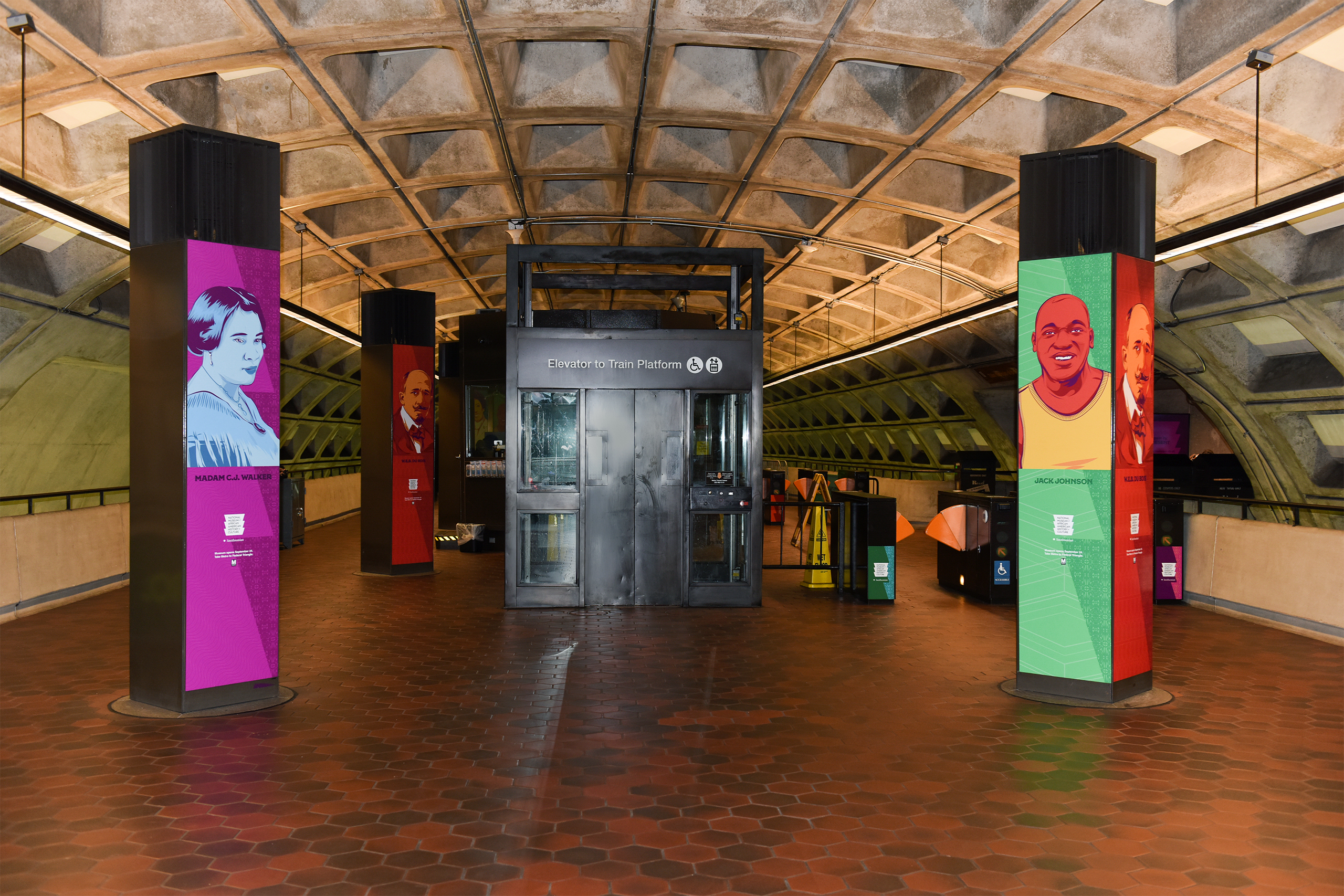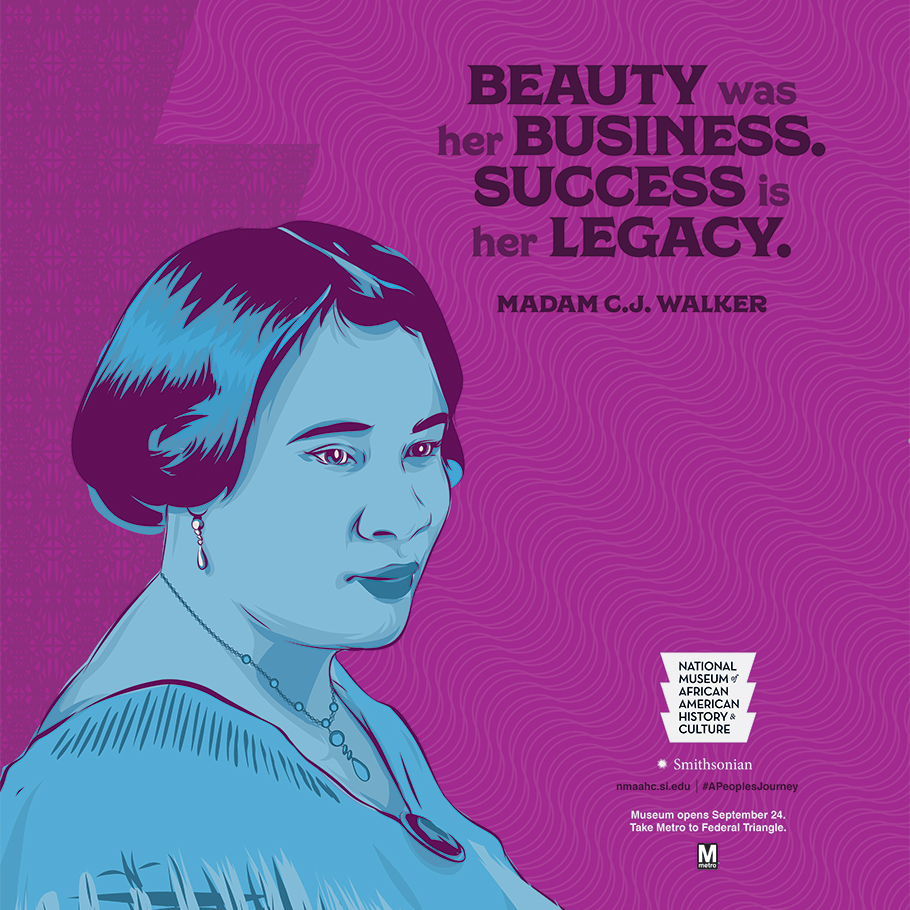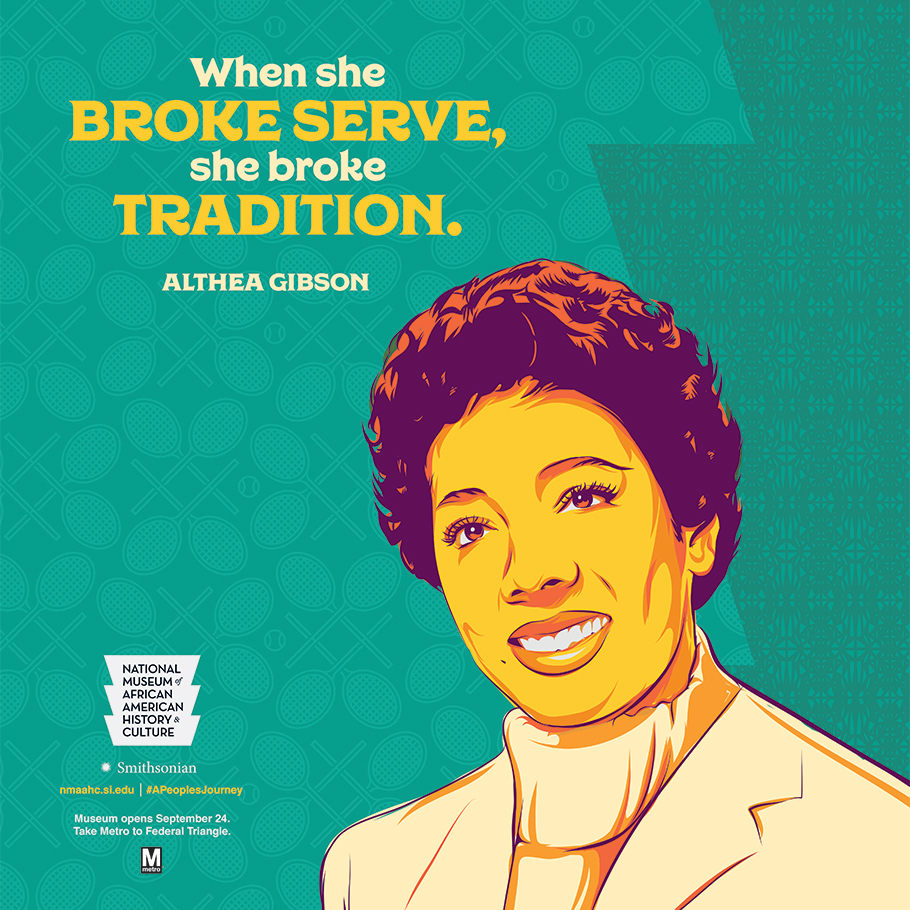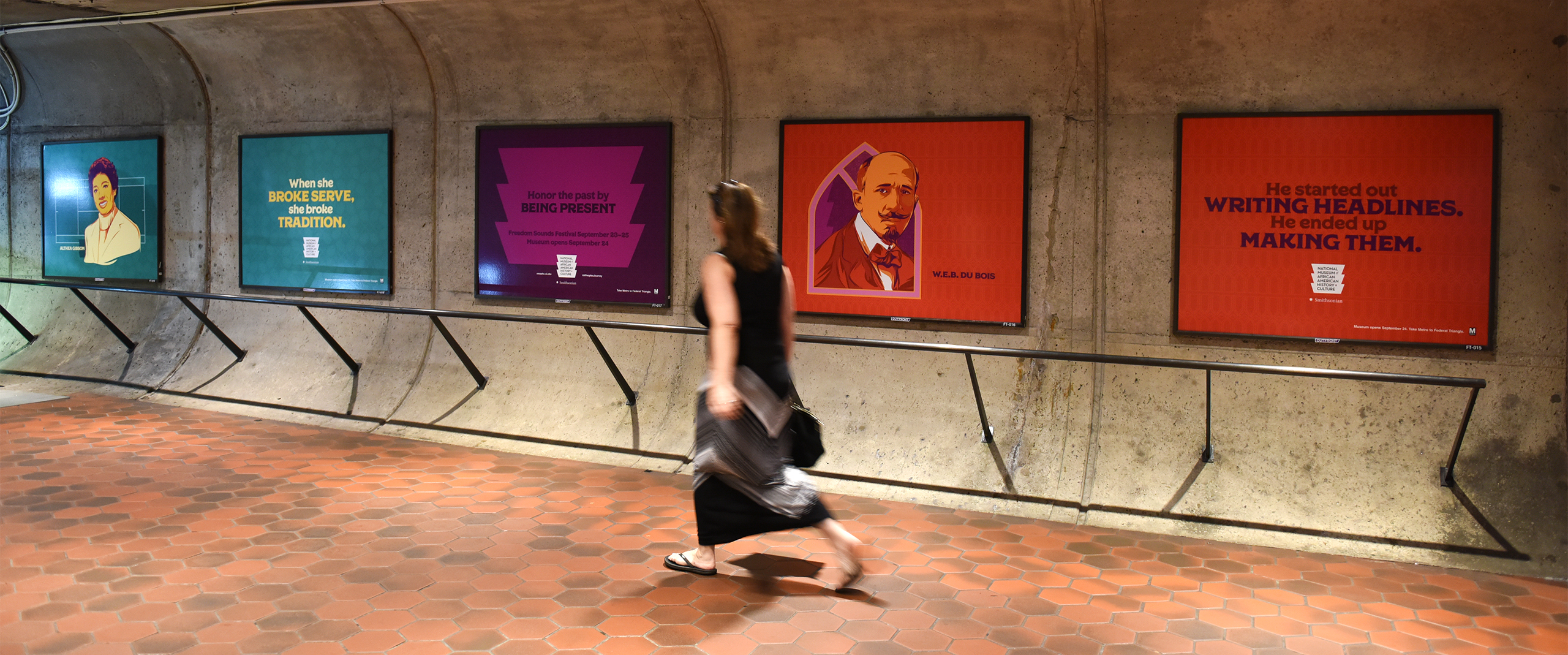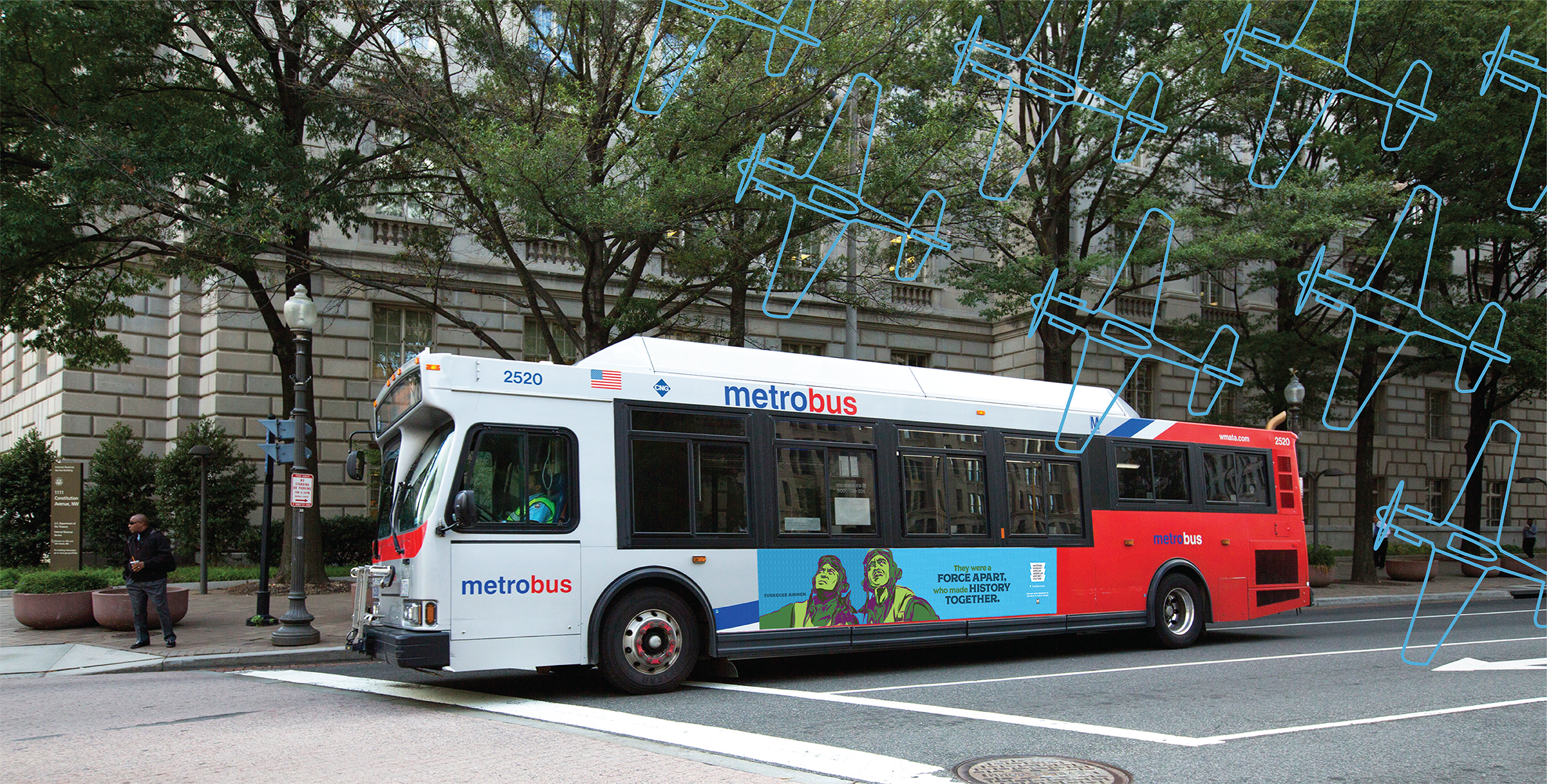
National Museum of African American History & Culture
The Underground Story
Challenge
The National Museum of African American History and Culture (NMAAHC) held its grand opening in September 2016. Leading up to this historic occasion, the Museum enlisted us to create an advertising campaign that would be displayed across the Washington Metropolitan Area Transit Authority––what is known as a “Metro Domination” campaign. The advertising would appear on buses and bus shelters, inside Metro stations and on trains. It would need to engage potential museum visitors and inform them of the upcoming grand opening, targeting both DC-area tourists and locals from across the metropolitan region. A powerful narrative and captivating imagery would be central to this campaign.
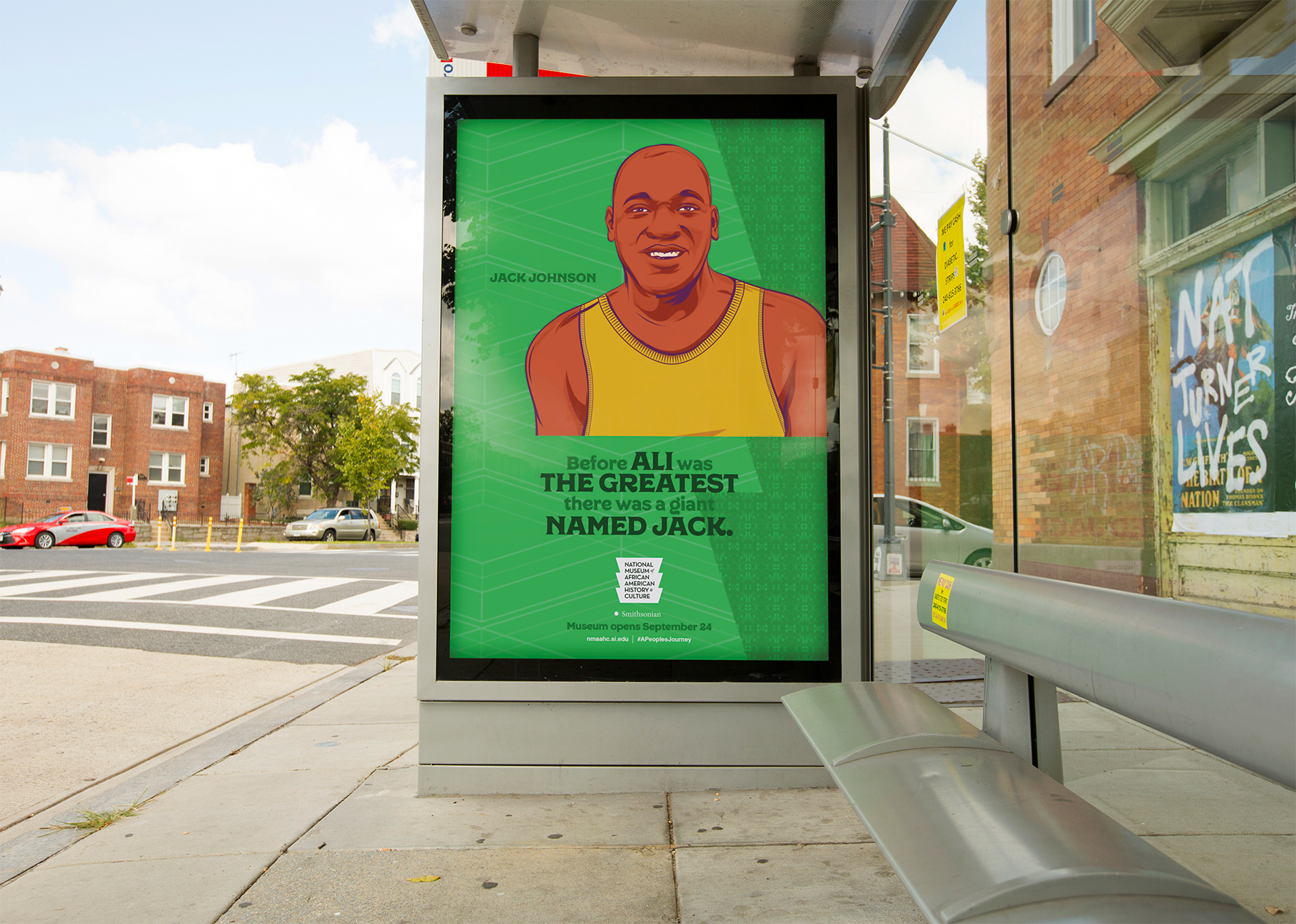
Approach
After we presented multiple concepts to museum stakeholders, a design direction was chosen that centered around the stories of African Americans who are lesser known to the general public but have had significant impacts on our nation’s history. We chose to stylize the ads in the tradition of the mural art movement, which was particularly influential during the American social movements of the 1960s. Murals have long been a way for underserved and marginalized communities to express themselves and advocate for progress and policy changes. We focused our vibrant, evocative mural-style ads on themes of art and culture, education, sports, civil service and activism, and business. This campaign provided a glimpse of these individuals’ contributions to American culture and told their stories to passersby.
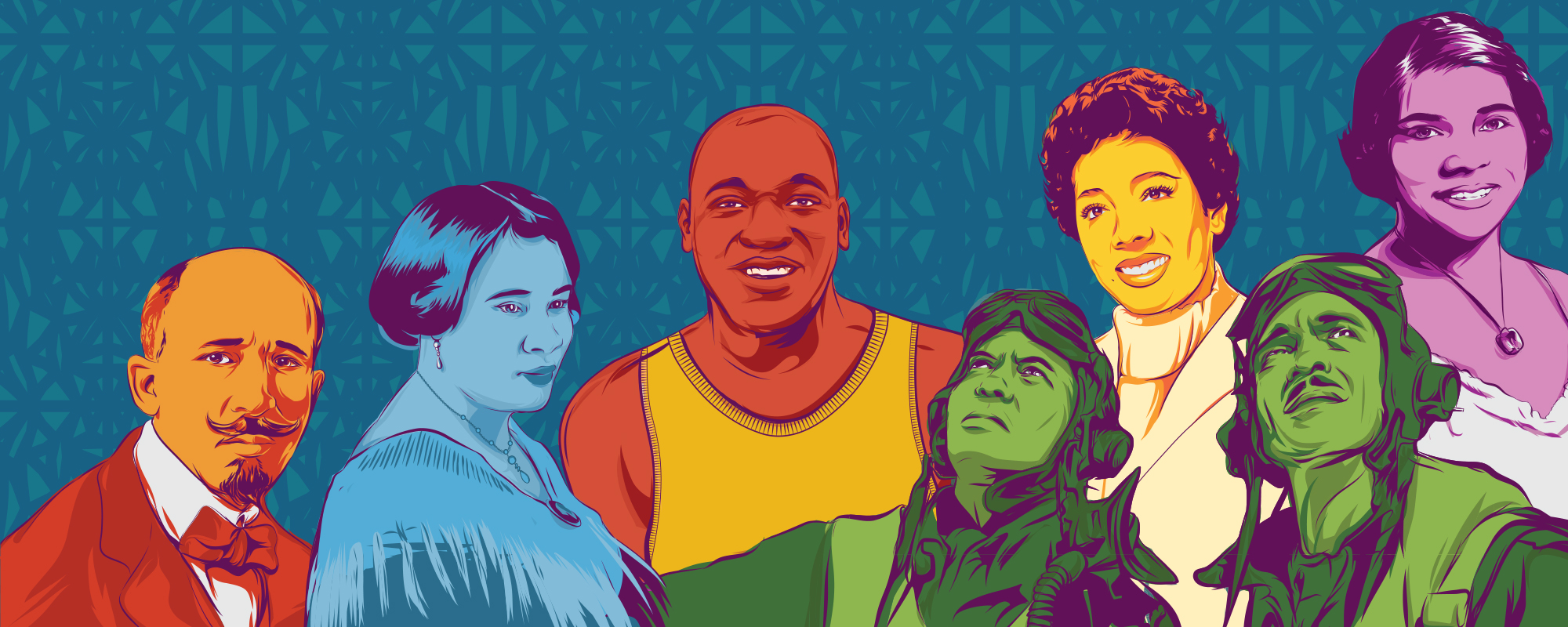
Impact
Over the course of six weeks, millions of people using DC’s MetroRail and MetroBus public transit system––or simply walking and driving throughout the District––had the opportunity to view this ad campaign for the National Museum of African American History and Culture. It was well-received by museum stakeholders and the public alike. With these ads distributed across buses and trains, people of different socio-economic backgrounds found themselves in the narrative, no matter where they were coming from.
